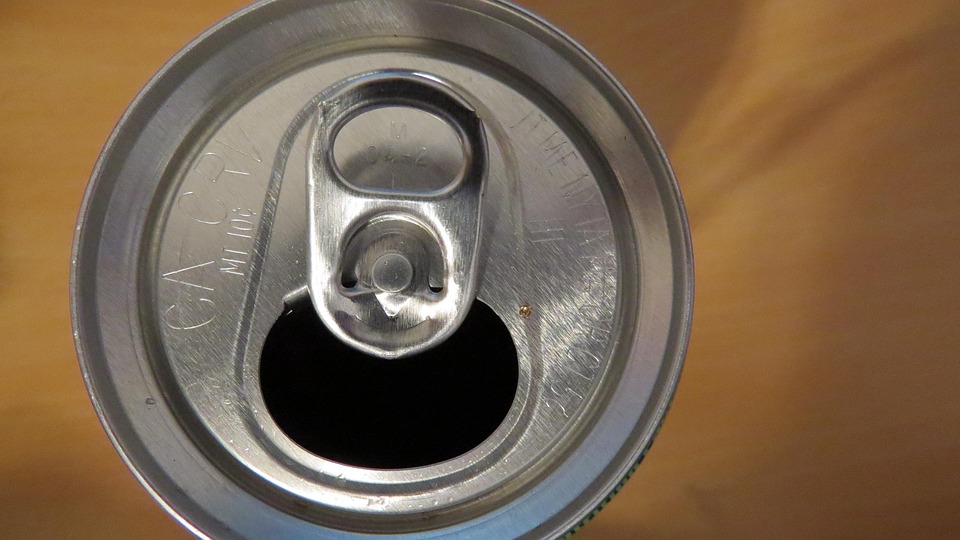What Can I Use To Clean My Car Headlights

Headlight clarity is paramount for safe driving, particularly at night and in adverse weather conditions. Over time, polycarbonate headlight lenses, common due to their impact resistance and moldability, degrade due to UV exposure, oxidation, and abrasion. This degradation manifests as clouding, yellowing, and pitting, significantly reducing light output. Automotive professionals need to understand the various methods for cleaning and restoring headlights, their effectiveness, and potential drawbacks.
Understanding Headlight Degradation and Material Science
Modern headlights predominantly utilize polycarbonate lenses. Polycarbonate offers superior impact resistance compared to glass, crucial for pedestrian safety and compliance with stringent safety regulations. Its ability to be molded into complex shapes also allows for advanced lighting designs. However, polycarbonate is susceptible to UV degradation. Manufacturers typically apply a UV-protective coating to new headlights. This coating, usually a lacquer or similar protective layer, breaks down over time, exposing the bare polycarbonate to UV radiation. This leads to oxidation, where the polymer chains break down, resulting in a cloudy, yellowish appearance. Road debris and environmental factors like sand and salt contribute to abrasion, further exacerbating the problem.
Cleaning and Restoration Methods: A Comparative Analysis
Several methods are available for cleaning and restoring headlights, each with its own set of advantages and disadvantages:
1. DIY Cleaning Kits (Abrasive Compounds and Polishes)
Description: These kits typically include abrasive compounds (ranging from coarse to fine grit), polishing pads, and a sealant or UV protectant. The process involves sanding away the degraded layer of polycarbonate, followed by polishing to restore clarity, and finally, applying a protective coating.
Pros: Relatively inexpensive, can be effective for mild to moderate degradation, readily available.
Cons: Requires manual labor and time investment, results can be inconsistent depending on technique and product quality, can potentially damage the lens if not performed correctly (e.g., uneven sanding), the applied sealant may not provide long-term UV protection, often requiring re-application. The longevity depends heavily on the quality of the sealant. Many sealants are simply waxes or quick-drying acrylics that offer minimal protection.
2. Machine Polishing (Using Rotary or Dual-Action Polishers)
Description: This method uses a rotary or dual-action polisher with abrasive compounds and polishing pads, similar to DIY kits, but utilizes mechanical power to expedite the process and achieve a more uniform result.
Pros: Faster and more efficient than manual methods, produces more consistent and professional-looking results, allows for deeper defect removal, less prone to uneven sanding.
Cons: Requires specialized equipment and skill, potential for overheating and damaging the lens if not performed carefully, requires a higher upfront investment in tools, still necessitates a protective sealant application, and the effectiveness is largely dependent on the quality of the polishing compounds and the pad material. The heat generation from prolonged polishing can further weaken the polycarbonate structure if not properly managed.
3. Steam Cleaning
Description: Steam cleaning involves applying heated steam to the headlight lens, which can help to remove oxidation and restore clarity.
Pros: Environmentally friendly (no harsh chemicals), relatively quick, can be effective for mild oxidation.
Cons: Less effective for severe degradation, may not remove deeper scratches or pitting, requires specialized equipment, the effects may be temporary without a sealant application. The thermal shock from the steam can also be a concern, particularly in older or already weakened lenses.
4. Chemical Restoration (Using a UV-Cured Coating)
Description: This method involves applying a liquid coating that is then cured under a UV lamp. The coating fills in scratches and provides a new, durable UV-resistant layer.
Pros: Provides a more durable and long-lasting solution than sealants alone, excellent UV protection, fills in minor imperfections, often provides a like-new appearance.
Cons: Requires specialized equipment (UV lamp), more expensive than other methods, requires meticulous preparation (sanding and cleaning), potential for coating to peel or crack if not applied correctly, the coating's adhesive properties are critical for long-term performance. Surface preparation is the most important step. Any contaminants will greatly reduce adhesion and coating performance.
5. Headlight Replacement
Description: Replacing the entire headlight assembly with a new unit.
Pros: Provides the best possible clarity and light output, ensures proper fit and function, eliminates the need for restoration, offers the longest-lasting solution.
Cons: Most expensive option, can be time-consuming depending on the vehicle and headlight design. This is often the only viable option for headlights with significant internal damage (e.g., cracked lenses, damaged reflectors).
Reliability, Maintenance, and Best Practices
Regardless of the chosen restoration method, proper maintenance is crucial to prolong headlight clarity. Regular washing with a pH-neutral car wash soap helps remove contaminants. Applying a quality sealant or UV protectant (specifically designed for polycarbonate) every few months can significantly extend the lifespan of the restored lens. Avoid using abrasive cleaners or harsh chemicals. Encourage customers to park their vehicles in shaded areas or use a car cover to minimize UV exposure. Regular inspections of headlight clarity should be part of standard vehicle maintenance checks.
Future Trends and Automotive Industry Outlook
Future trends in headlight technology are moving towards more durable lens materials with enhanced UV resistance. The integration of self-healing coatings and advanced UV protection technologies is also being explored. Adaptive lighting systems (ALS) and laser headlights are becoming more prevalent, demanding even higher levels of lens clarity and performance. The move towards solid-state lighting (LEDs and lasers) reduces the thermal load on the lenses, potentially prolonging their lifespan. However, the increasing complexity of headlight assemblies necessitates specialized diagnostic and repair procedures. As the automotive industry transitions to electric vehicles (EVs), the importance of efficient lighting systems for energy conservation will only increase. Furthermore, the aesthetic design of headlights is becoming increasingly important, requiring specialized knowledge in cleaning and restoring intricate headlight designs.
